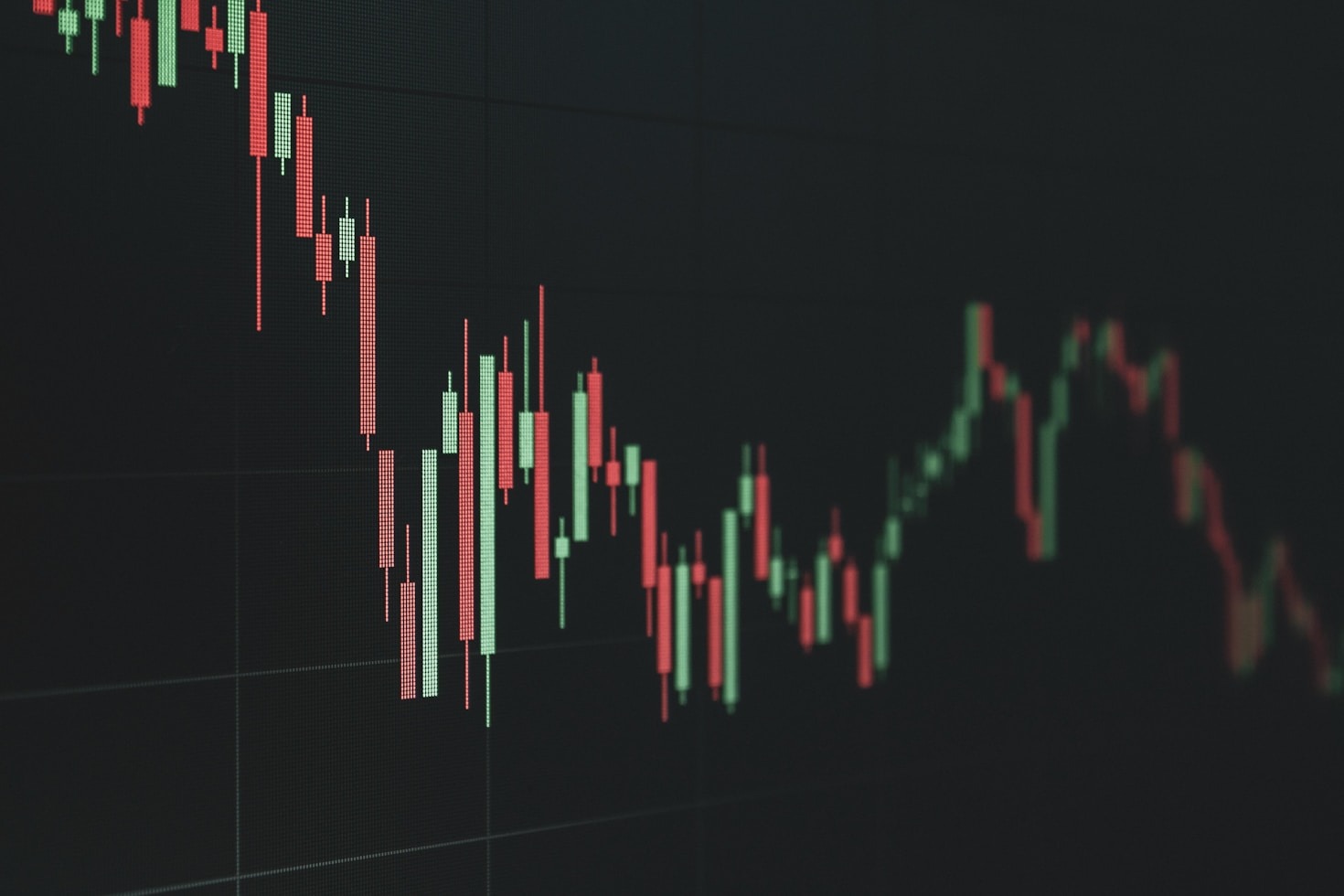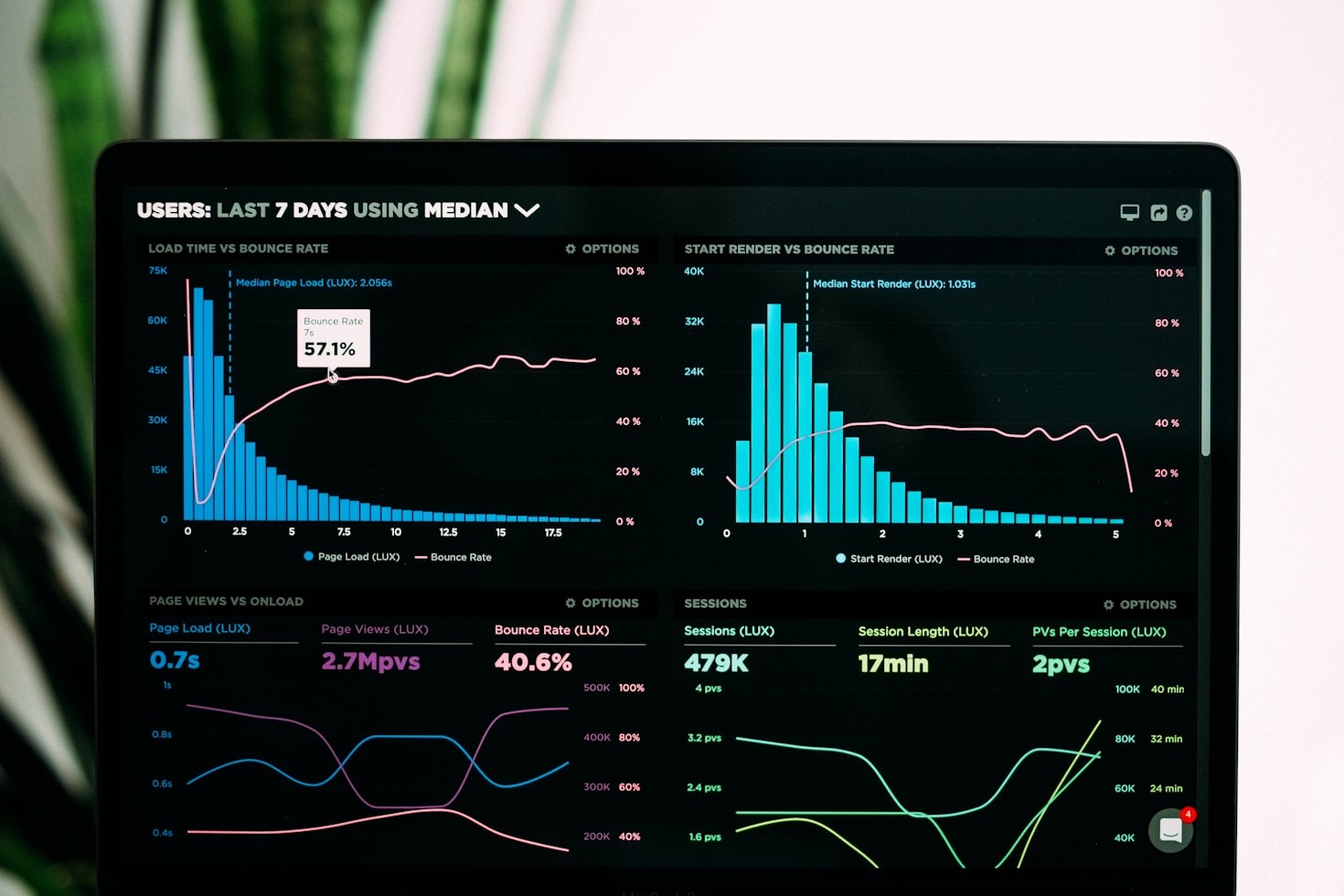In the volatile, fast-paced world of forex, success is often mistakenly attributed to finding the perfect indicator or catching a lucky trend. True, sustainable success, however, is not a secret strategy or an accident; it is the logical outcome of a disciplined process. To be truly empowered, a trader must master three interconnected pillars that form the foundation of longevity: a validated strategy, iron-clad risk management, and a professional mindset. When these three elements align, the market stops feeling like a gamble and starts operating as a predictable, manageable business model.
The Blueprint: Defining a Backtested Trading Edge
The first pillar of empowerment is clarity. If you can’t define your edge—the statistical advantage that puts the odds slightly in your favor—you are simply speculating. A defined trading edge removes ambiguity, turning subjective guesses into objective decisions.
From Idea to Blueprint
An effective strategy must be quantifiable, allowing you to backtest its historical performance. This blueprint should define every scenario:
- Entry Conditions: What specific confluence of price action, technical indicators, or market structure must be present?
- Stop-Loss Placement: Where is the point of invalidation? This must be a fixed level based on market structure, not an arbitrary dollar amount.
- Take-Profit Targets (RRR): What is the minimum Risk-to-Reward Ratio (RRR) you accept? For professionals, a minimum of 1:2 or 1:3 is standard.
- Market Context: What time of day, session, or underlying fundamental narrative supports the trade?
Actionable Insight: Spend 80% of your preparation time on backtesting. Document results across at least 100 historical examples. If the strategy does not demonstrate a positive expectancy (E) historically, it will not deliver consistent results in the future. The Expectancy is calculated as:E=(%Win Rate×Average Win)−(%Loss Rate×Average Loss)
The Firewall: Institutional-Grade Capital Protection
Even with a proven edge, a single, poorly managed trade can derail a career. Risk management is the protective firewall for your capital, ensuring that the necessary drawdowns inherent in any strategy do not become fatal. Empowerment comes from knowing that your account is safe, regardless of the outcome of the next trade.
Adhering to the 1% Rule
As professional traders, we advocate for the 1% risk rule: never risk more than 1% of your total account equity on any single trade. This rule is non-negotiable and provides the mathematical buffer required to survive inevitable losing streaks.
Implementing Maximum Drawdowns
Beyond the per-trade risk, successful traders enforce daily and weekly maximum drawdown limits. These rules are designed to protect you from yourself, preventing the emotional spiral that often occurs after a cluster of losses:
- Maximum Daily Loss: Cap your total loss for the day at 2% to 4%. If you hit this limit, the trading day is over. Walk away and reset.
- Maximum Weekly Loss: Cap your total loss for the week at 5% to 8%. Hitting this limit means stepping away for the rest of the week to analyze your performance without the pressure of needing to recover losses.
These hard limits transform losses from personal failures into manageable, expected costs of doing business. The emotional relief of knowing your losses are capped is immensely empowering.
The Inner Game: Cultivating a Professional Mindset
The final and most challenging pillar is psychology. The market is designed to prey on your deepest emotional vulnerabilities—fear, greed, impatience, and hope. A successful trader is not one who avoids these emotions, but one who develops the mental structures to counteract them.
Trading Journal as Your Coach
Your trading journal is the single most valuable tool for psychological mastery. It’s where you shift the focus from money to performance. For every trade, log not only the technical details (entry, exit, P&L) but also your emotional state before, during, and after the trade.
Key Questions for Journaling:
- Was this trade perfectly executed according to my blueprint?
- Was I influenced by FOMO (Fear of Missing Out)?
- Did I move my stop-loss (a cardinal sin of hope)?
- Did I violate my 1% risk rule out of greed or to recover a previous loss (revenge trading)?
By rigorously comparing your trades against your rulebook, you identify patterns of behavior, not just patterns on the chart. Mastering your psychology means systematically eliminating violations of your own plan. This consistency and self-awareness are the ultimate forms of empowerment.
True market success is built on the intersection of these three pillars: a strategy that gives you an edge, risk management that keeps you in the game, and a mindset that executes the plan flawlessly. This solid foundation is what allows a trader to navigate the markets with confidence and authority, turning every challenge into a learning opportunity. If you’re looking to accelerate your journey from theory to consistent profit, remember that GoldPipsFX provides daily signals for high-probability setups, market insights for critical context, and 1:1 personal coaching to master your psychology and strategy.





Leave a Reply